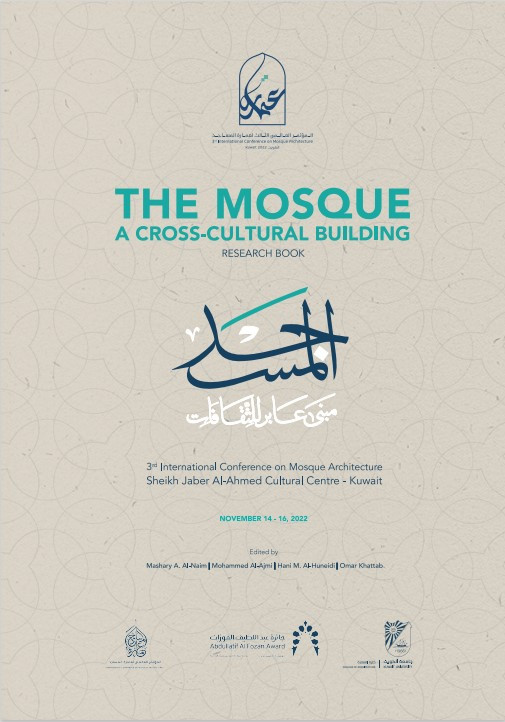
The title of this conference raises many questions about what we mean by claiming that mosques are transcultural. Clearly, mosques throughout the world have left a rich architectural legacy linked to their local settings and the diverse cultures they have interacted with. We see that on the personal level, this supremely influential building is characterized by a cultural identity that is rarely found in other places of worship; seamlessly incorporating local components yet strictly maintaining a defining constancy. This characteristic has resulted in a cumulative development of mosque architecture and spatial form over the many centuries of its continuation.
It is natural for any building to express a relationship with the local natural and cultural environment, but in the case of the mosque, its form is free from restrictions of design and components except for the orientation of the prayer hall to the qiblah. And since this orientation changes from one place to another, it has inspired builders and architects with a high degree of flexibility with regard to the fundamental shape of the mosque and its relation to the surrounding urban fabric.
Al Naim, M. et al. (eds.), Mosque: Building Crosses Cultures: The 3rd International Conference on Mosque Architecture (Abdullatif Al Fozan Award for Mosque Architecture and College of Architecture at Kuwait University, 2022).
I agree to the terms outlined below:
You agree to upload and assign Mosqpedia Database the rights to use the content worldwide and in perpetuity across all current and future media platforms. Mosqpedia Database may edit, copy, adapt and translate your contribution.
The content will be distributed under the Creative Commons Attribution-Deed – Attribution-NonCommercial-NoDerivatives 4.0 International – Creative Commons
All data will be stored in line with data protection regulations.